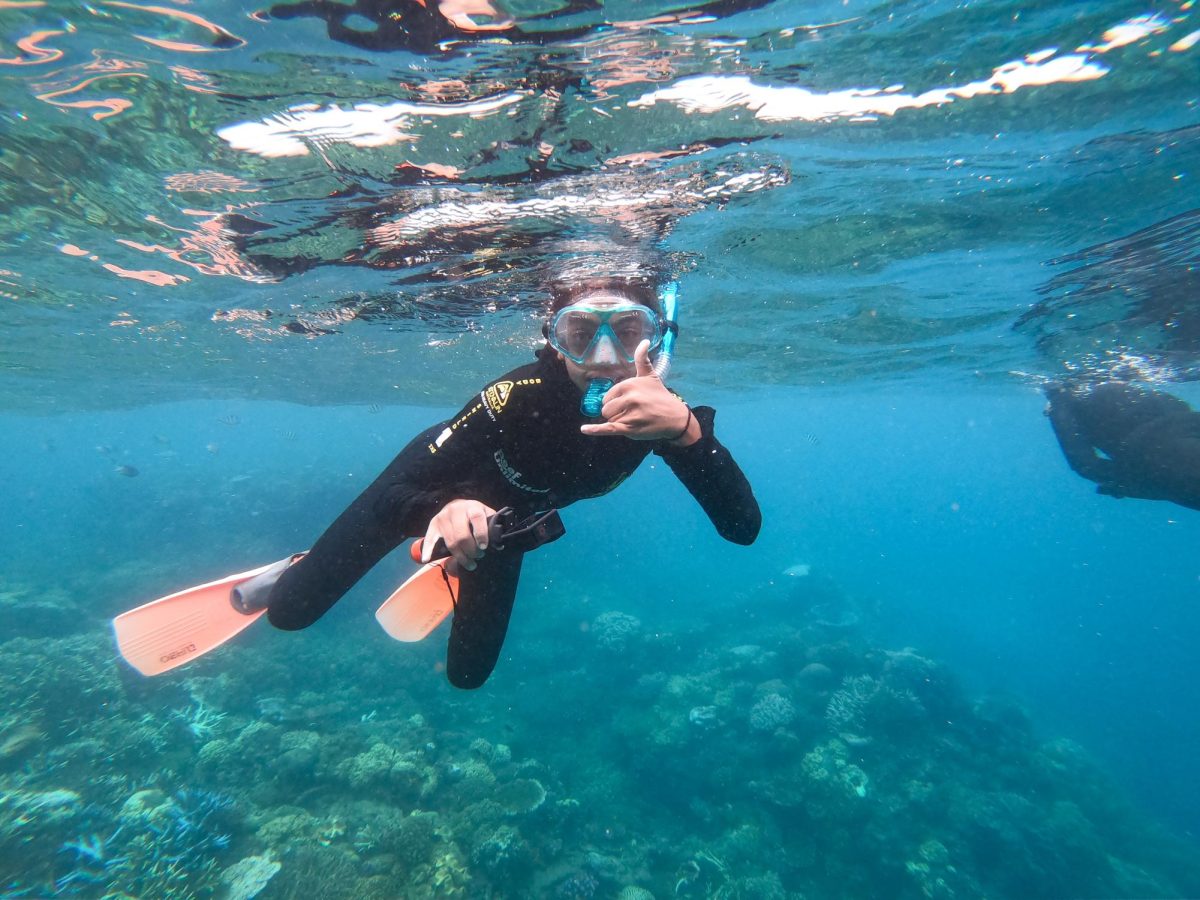Transgender Swimming Ban
July 27, 2022
The 19th June 2022 will be put into the history books in the world of sport. Although a typical Sunday for many people but a ‘revolutionary’ day for others. On this day 152 representatives from member nations of FINA, the regulating body of world swimming gathered in Budapest, Hungary. Along with the world’s best swimmers racing in the world championships.
Their objective?
To vote for the participation of transgender athletes in swimming. In this vote, 71% of representatives from member nations voted in agreement with the new proposed policy banning transgender athletes in female classification. This meant the policy would be implemented with a majority in agreement.
What exactly is in this policy? FINA’s decision states that male-to-female transgender athletes are only eligible to compete in female classifications, if “they can establish to FINA’s comfortable satisfaction that they have not experienced any part of male puberty beyond Tanner Stage 2 of puberty or before age 12, whichever is later”. However, female-to-male transgender athletes are still allowed to compete in the male classification regardless.
FINA is the first governing body of any Olympic sport to separate transgender athletes from female classification. This decision comes after the setting up of three different expert committees on this issue, a medical, legal and one with the voice of elite swimmers back in November 2021 as the International Olympic Committee strongly encouraged all sport bodies to regulate the participation of transgender athletes.
The medical committee concluded that male transitions to females would still hold advantages such as larger lungs, bigger hands, and feet as well as longer bones. The legal committee agreed that although swimming should be an inclusive sport for everyone to enjoy, fairness at such a high level is detrimental to sport in order for fairness for all. Australian elite swimmer Cate Campbell, led the voice of swimmers stating many ideas presented by the legal committee as she says “My role is to stand here today and tell trans people we want you to be part of the broader swimming community … but also to stand here and say… ‘listen to the science’.”
Many Australian female swimmers have made statements about this issue stating along the lines that it would be unfair to be racing against biological males such as 4-time Olympian Emily Seebohm and Emma McKeon, Australia’s most decorated female Olympian. Whilst many advocates like Anne Liberman of Athlete Ally, a non-profit that advocates for LGBTQ athletes have said FINA’s “deeply discriminatory, harmful, unscientific” new policy is “not in line with (the IOC’s) framework on fairness, inclusion and non-discrimination on the basis of gender identity and sex variations.”
FINA has proposed within this policy to form an ‘open’ category that would allow transgender athletes to still be able to race at elite competitions like the Olympics however in a separate category from the natal female swimmers.
What do you think? Should transgender athletes like Lia Thomas race with their gender identity? Should transgender people have a category to themselves? Is the new FINA policy deeply transphobic or simply common sense?
Undoubtedly whatever you think this certainly won’t be the last we hear on this issue, which never fails to polarise and divide.












